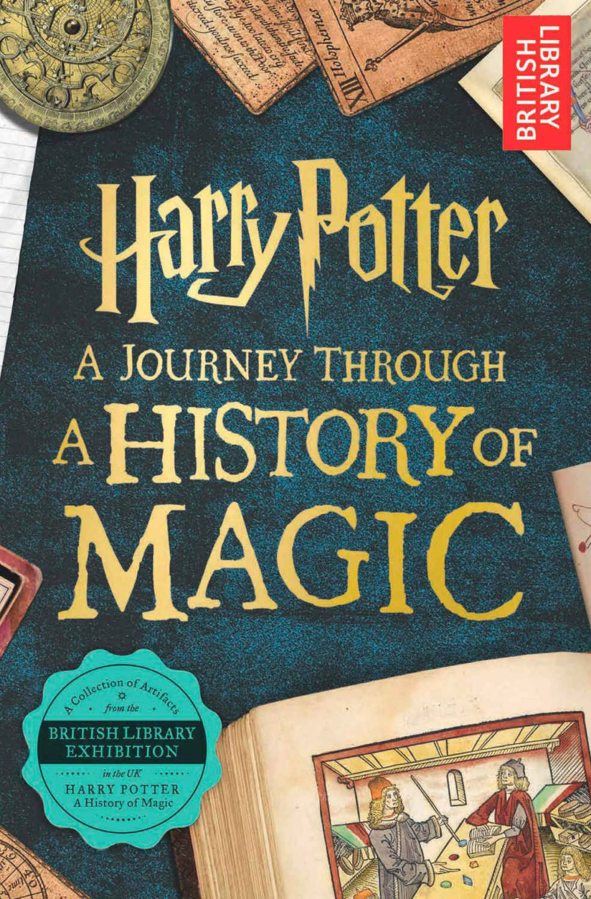The big, lopsided words written in pencil captured not just the charm and innocence of youth, but a poignant prediction.
“The excitement in this book made me feel warm inside,” Alice Newton, 8, wrote in a note. “I think it is possibly one of the best books an 8/9-year-old could read.”
Alice was writing about the first few chapters from the manuscript of J.K. Rowling’s “Harry Potter and the Philosopher’s Stone,” which had been given to Alice’s father, Nigel, the founder and chief executive of Bloomsbury. The young girl’s input proved crucial, and Newton approved editor Barry Cunningham’s proposal to publish the book that would become the first in the blockbuster series that would sell more than 450 million copies worldwide and be translated into 79 languages.
That scene opens “Harry Potter: A Journey Through a History of Magic,” a fun, fact-filled book for young readers that serves as preview to the British Library’s new exhibition, “Harry Potter: A History of Magic.” The exhibit will come to the New-York Historical Society next fall.
With activities and illustrations from Rowling, Jim Kay and Olivia Lomenech Gill, the book takes readers on a tour through the Hogwarts curriculum — Potions, Herbology, Charms, Astronomy, Divination, Defense Against the Dark Arts and Care of Magical Creatures — by exploring the subjects in the series, the professors who teach them and some of the historical origins for items and characters.
For instance, Nicholas Flamel — in the books, the creator of the Philosopher’s Stone (or Sorcerer’s Stone in the U.S. versions of the books) — was a real French scribe who died in 1418 and was believed to be an alchemist. Mandrakes, which second-year students help plant in “Chamber of Secrets,” are real, too, but instead of helping restore people and ghosts petrified by a basilisk, mandrakes were believed to be a medieval herbal remedy for headaches, earaches and insanity, best harvested by unearthing the human-shaped roots by attaching “one end of a cord to the plant and the other to a dog.”
Harry Potter fans of all ages will enjoy the breezy nature of “A Journey Through a History of Magic.” The book sheds light on the folklore Rowling incorporated into her series without getting bogged down in dry narrative — Professor Binns’ History of Magic class it is not.
Kay’s and Gill’s illustrations lend the book vibrancy, helping characters and creatures alike pop out from the pages. Younger readers in particular might enjoy the book’s activities, such as making a color-changing potion out of lemon-lime soda, but it might be best to make sure they’ve read the series first: “A Journey Through a History of Magic” does feature some minor spoilers.
For older fans, the book’s real magic lies in cataloging items from Rowling’s collection. “A Journey Through a History of Magic” features pages upon pages of Rowling’s illustrations, handwritten drafts, typed manuscripts, flow charts and scenes that appeared differently in the final published stories. One draft of “Chamber of Secrets” has Harry and Ron Weasley crashing Mr. Weasley’s flying Ford Anglia into the lake instead of the Whomping Willow; the names of the Order of the Phoenix and Dumbledore’s Army were originally switched.
Much like tapping the right brick to enter Diagon Alley, “Harry Potter: A Journey Through a History of Magic” brings readers back into Rowling’s imaginative world.



